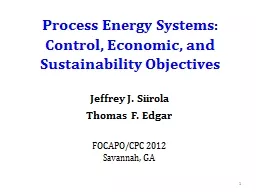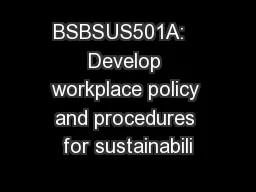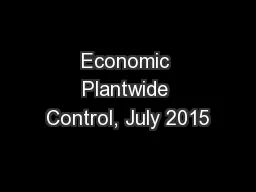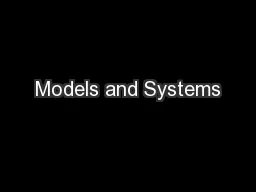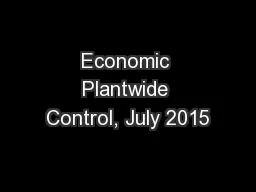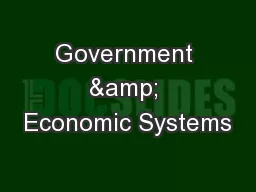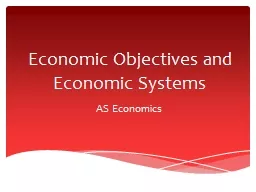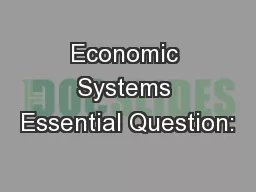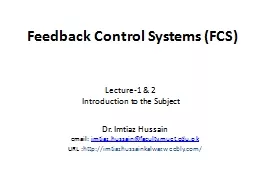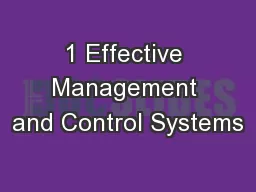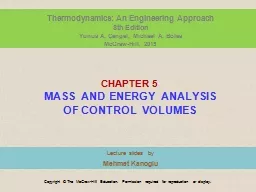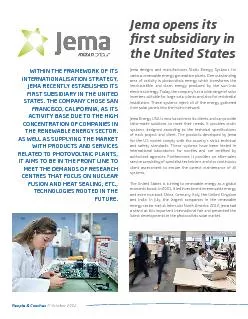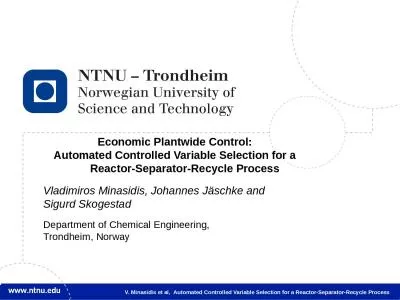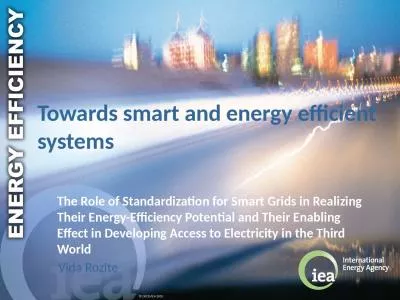PPT-Process Energy Systems: Control, Economic, and Sustainabili
Author : myesha-ticknor | Published Date : 2017-06-24
Jeffrey J Siirola Thomas F Edgar FOCAPOCPC 2012 Savannah GA 1 Outline Elements of sustainability New emphasis on greenhouse gas emissions Carbon management by energy
Presentation Embed Code
Download Presentation
Download Presentation The PPT/PDF document "Process Energy Systems: Control, Economi..." is the property of its rightful owner. Permission is granted to download and print the materials on this website for personal, non-commercial use only, and to display it on your personal computer provided you do not modify the materials and that you retain all copyright notices contained in the materials. By downloading content from our website, you accept the terms of this agreement.
Process Energy Systems: Control, Economic, and Sustainabili: Transcript
Download Rules Of Document
"Process Energy Systems: Control, Economic, and Sustainabili"The content belongs to its owner. You may download and print it for personal use, without modification, and keep all copyright notices. By downloading, you agree to these terms.
Related Documents

